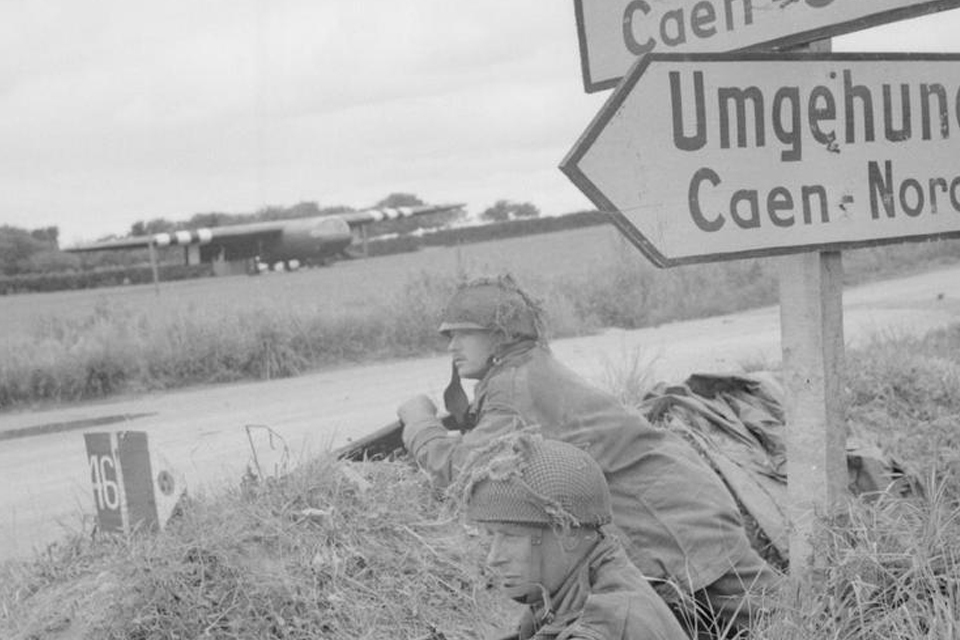Tactical drop: British Paratroopers’ drop to D-Day victory
In the second of a series of blogs, we take a look at three key moments for the Armed Forces in the Second World War.

Field Marshal Bernard Law Montgomery (©Crown Copyright 2014)
The British Army’s paratroopers played a vital role in WW2, particularly during the D-Day landings. They used both parachutes and gliders in their drops and troops were often used as regular infantrymen as well as airborne specialists.
On D-Day, British 6th Airborne Division and American airborne troops were tasked with securing the key tactical ground and bridges beyond the Normandy beaches. Controlling this ground would cut the Germans off from the rest of their forces and the weapons that could seriously harm Allied troops landing on the beaches, and cause havoc for the German command by cutting off their communications.

Paratroopers [©Crown Copyright 2014]
The British 6th Airborne Division led the British attack. At 16 minutes past midnight on D-Day 181 men landed on target at the bridge over Caen canal and took the Germans entirely by surprise. They took the canal bridge and the neighbouring Horsa Bridge within just ten minutes of landing.
Did you know: The Caen Canal Bridge was re-named Pegasus Bridge in honour of the victory. The name ‘Pegasus’ came from the shoulder emblem worn on the uniform of British airborne forces, which depicted the flying horse Pegasus.

Caen Canal Bridge [©Crown Copyright 2014]
The paratroopers tasked with destroying the German artillery guns in Merville were not so lucky however, landing far off their mark and forced to attack at half-strength. Their assault cost them many lives, but they disabled the guns.
When their targets were secure the division captured nearby towns and awaited the arrival of the Allied forces their actions had protected. Despite being scheduled to move on to their next mission when the land was secured, the 6th Division instead stayed, fighting at the Battle of Breville, which took the village of Breville-les-Monts andsecured the allied beachhead.
Did you know:
The paras’ distinctive maroon cap was introduced by Lieutenant General Frederick Browning, commander of the British 1st Airborne Corps. His wife Daphne Du Maurier, author of Rebecca, Jamaica Inn and The Birds, is said to have chosen the colour of the beret. The cap, along with their fierce fighting skills, won them the nickname “the red devils”.